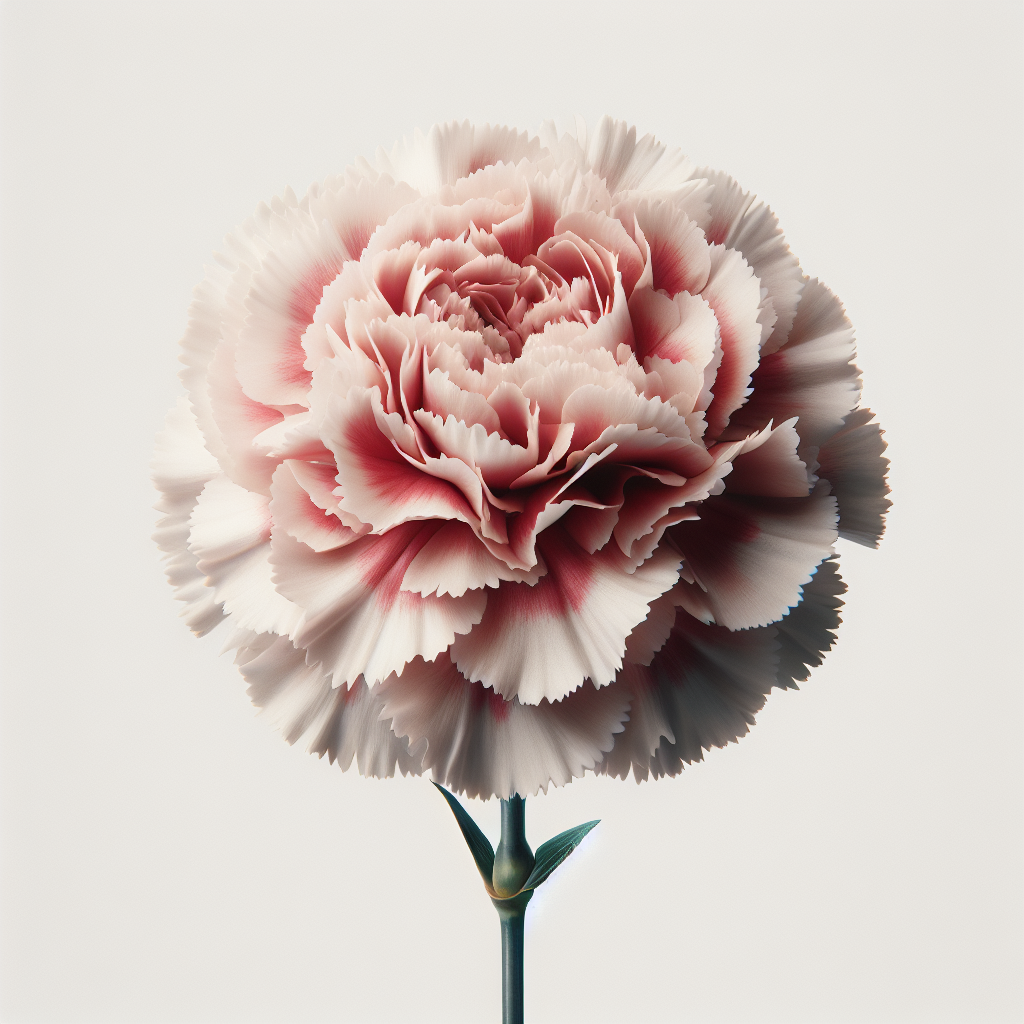
carnation
Floral Family
Carnation, with its spicy clove-like fragrance, adds a vibrant and peppery twist to floral compositions.
moderate
moderate
3 fragrances
Floral
About carnation
Carnation, often reminiscent of a spicy, floral clove scent, holds a unique place in the palette of perfumers. Its olfactory profile is complex, combining sweet floral notes with a distinct peppery edge that can add depth and intrigue to a fragrance. Carnations can impart a range of nuances from powdery and soft to a more robust, almost fiery spice, making them versatile in their use. In perfumery, carnation notes are primarily synthetic, crafted to capture the flower's essence due to the challenges of extracting its scent from the natural blooms. This note is celebrated for its ability to bridge floral and spicy accords, lending itself to both traditional and contemporary compositions. It often plays a supporting role, enhancing the bouquet of a perfume without overpowering other notes.
Natural Sources
- •Synthetic replication
- •Enfleurage (historically, but rarely used today due to inefficiency)
- •Steam distillation (historically, but rarely used today)
Synthetic Alternatives
Eugenol, Isoeugenol, Benzyl benzoate
Perfumer's Tips
Carnation notes are typically used in moderation within a perfume composition to add a spicy floral touch without overwhelming other notes. It pairs well with woody and musky bases, providing a bridge to lighter floral or citrus top notes. Perfumers value its ability to add complexity and a touch of warmth, making it ideal for oriental, floral, and even some chypre fragrances.